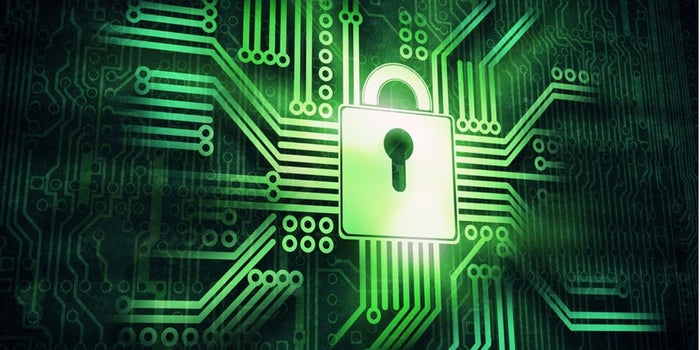Wi-Fi networks are highly convenient since they allow you to stream and browse from any part of your house (or office). However, they expose you to significant safety risks that hackers can exploit.
Mistakes made when setting up your router or connecting devices can lead to problems like data loss and identity theft. Someone could also hijack your connection and exploit your unused bandwidth.
Safety Tips to Observe When Using Wi-Fi Networks
Securing your Wi-Fi network protects you from hackers and gives you peace of mind. Here are the safety tips to safeguard your connection, devices, and data.
Don’t Use the Default Password
Hackers can quickly determine your router’s default password and use it to compromise your Wi-Fi network. Hence, changing it as soon as you get a new router is vital. It’s also advisable to alter the password at least every three months. These measures will protect your network and allow you to control how many people use it.
An ideal Wi-Fi network password should be impossible to guess. Avoid dates like birthdays and anniversaries or your favorite sports teams and pets. Instead, create a password with at least eight characters consisting of numbers, symbols, and letters.
Other information you shouldn’t use as your Wi-Fi password are:
- Social security number
- Driver’s license number
- Your job ID
- Bank account number
- School registration number
Be Careful About Sharing Your Wi-Fi Network
Sharing your Wi-Fi connection can reduce your subscription cost and allow you to utilize unused bandwidth. Still, it may cause trouble if the other party uses the connection for illegal activity.
It’s vital to be careful when sharing your bandwidth. Instead of selling the connection to neighbors, trade it through legit internet-sharing apps. Such tools can help you make extra money without compromising your online privacy and safety. Moreover, they won’t request personal data or allow the buyers to access it.
When looking for an app to sell your internet online, ensure that the company confirms the identity of its clients. This measure will ensure no one uses your Wi-Fi network for illegal activities.
Encrypt Your Traffic
If you purchased a Wi-Fi router before 2018, you are most likely using WEP, WPA, or WPA2 security. This means that you are prone to issues resulting from insecure encryption protocols and hackers can intercept communications between your device and the access point.
Enhance safety when using your Wi-Fi network by installing proxies. These intermediaries will substitute your device’s IP address, hiding your identity. Besides, they will prevent other people from tracking your traffic or recording it.
Another way to encrypt your Wi-Fi network traffic is upgrading to a router that uses WPA3. This security protocol fixes the lack of forward secrecy prevalent in WPA2. If someone records your Wi-Fi traffic, they can’t decrypt it to spy on you.
Install Antivirus Software on Your Devices
Installing an antivirus helps you prevent phishing attacks and detect malware. It also provides additional defense against hackers. Here are other ways you’ll benefit from installing antivirus software.
- Minimal spam and ads
- Blocked viruses
- Improved convenience
- Automatic deletion of unwanted files
Antivirus software has different features depending on the manufacturer and the package. Protect your devices when using Wi-Fi networks by opting for a reliable and affordable solution. An essential element to look for in antivirus software is email scanning. Prioritize solutions with automatic updates and virus deletions and compatibility.
Switch off the Service Set Identifier (SSID)
A service set identifier is a sequence of unique characters naming a wireless local area network (WLAN). This name enables devices to find and connect to your network. While your SSID is vital, it announces the presence of your network to other parties. This issue can lead to compromised security if hackers breach your password.
Turn off the SSID on your router to keep your Wi-Fi network private. The procedure to deactivate this feature will depend on your router and internet provider. However, here are the basic steps:
- Log in to your account
- Open the wireless network settings
- Disable SSID broadcast
Secure Your Connection
Wi-Fi networks often have loopholes that hackers can use to compromise privacy or steal information. Mitigating these risks allows you to enjoy an efficient and reliable connection.
Follow Techdee for more!
